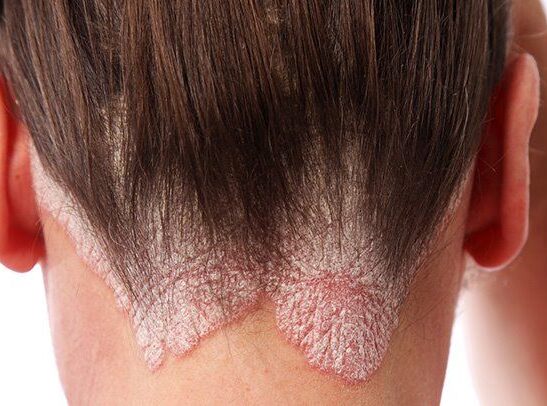Platelet-rich plasma therapy is a medical treatment that uses a patient’s own blood to promote healing and regeneration. The process involves drawing a small amount of the patient’s blood and processing it in a centrifuge to separate the platelets from other blood components. The resulting concentrated platelets, known as platelet-rich plasma, contain growth factors and other proteins that promote tissue repair and regeneration. This platelet-rich plasma is then injected into the patient’s affected areas, such as the scalp in the case of hair loss or the skin in the case of sebopsoriasis.
PRP for Sebopsoriasis
Sebopsoriasis is a chronic condition that can be difficult to treat. Current treatment options include topical corticosteroids, antifungal agents, and phototherapy. However, these treatments are often ineffective or cause unwanted side effects. In recent years, PRP therapy has emerged as a potential alternative treatment for sebopsoriasis.
PRP therapy has been shown to improve symptoms of sebopsoriasis, including reducing redness and scaling, and improving the overall appearance of the skin. The growth factors in platelet-rich plasma stimulate the body’s natural healing response, promoting the regeneration of healthy skin cells and reducing inflammation.
PRP for Hair Loss
Hair loss is a common problem for people with sebopsoriasis. PRP therapy has been shown to be an effective treatment for hair loss, particularly in cases of androgenetic alopecia, which is a common type of hair loss in both men and women. The growth factors in PRP can promote hair growth by stimulating the hair follicles and increasing blood flow to the scalp.
Studies have shown that PRP therapy can improve hair density, hair thickness, and hair growth rate in people with hair loss. In one study, patients with androgenetic alopecia who received PRP injections experienced significant improvements in hair growth compared to those who received a placebo treatment.
Benefits of PRP Therapy
PRP therapy offers several benefits for people with sebopsoriasis and hair loss. Some of these benefits include:
- Non-invasive: PRP therapy is a non-invasive treatment that does not require surgery or anesthesia.
- Safe: Because PRP therapy uses a patient’s own blood, there is no risk of allergic reaction or rejection.
- Effective: PRP therapy has been shown to be effective in treating both sebopsoriasis and hair loss, with minimal side effects.
- Fast recovery: PRP therapy does not require a long recovery period, and patients can typically return to their normal activities immediately following treatment.
- Long-lasting results: PRP therapy can provide long-lasting results, with some patients experiencing improvements for up to 12 months or more.
Conclusion
PRP therapy is a promising treatment option for people suffering from sebopsoriasis and hair loss. The growth factors in platelet-rich plasma can promote tissue regeneration and stimulate hair growth, offering an effective, non-invasive alternative to traditional treatments. If you suffer from sebopsoriasis or hair loss, talk to your doctor to see if PRP therapy








